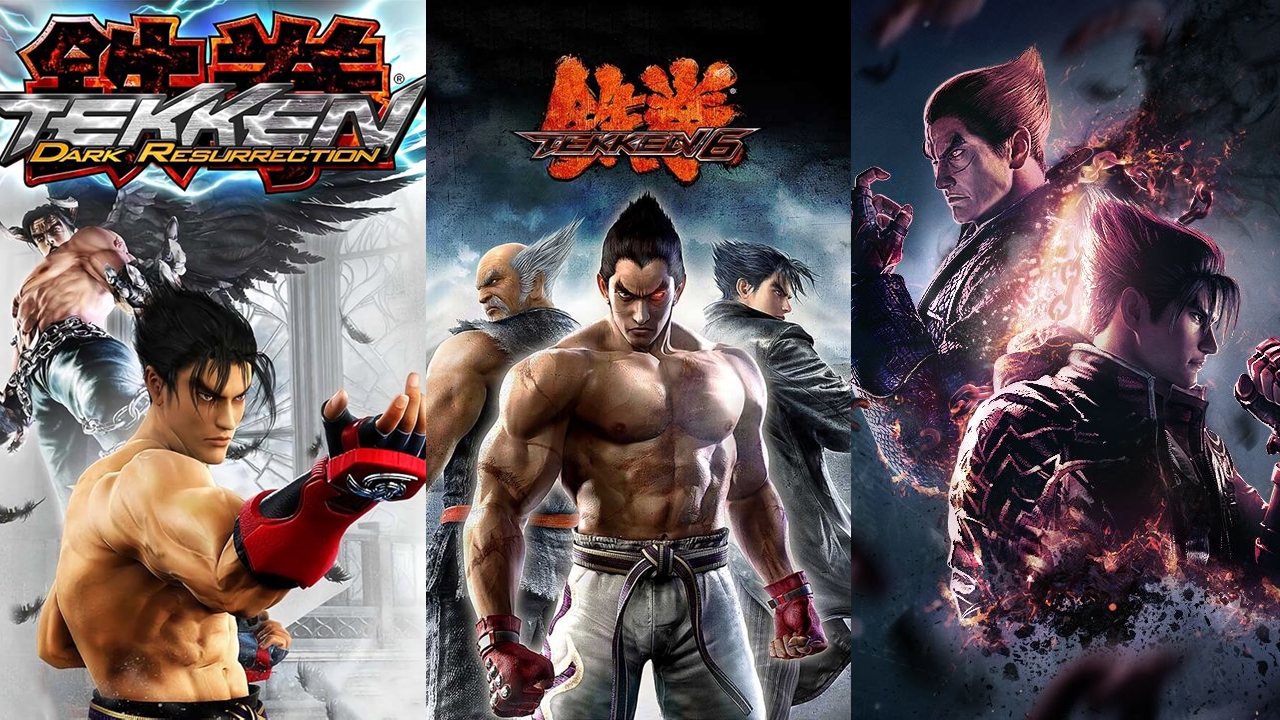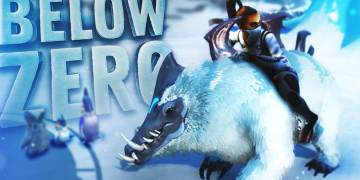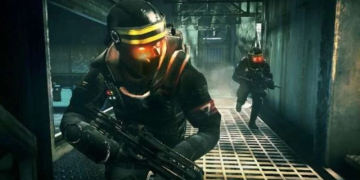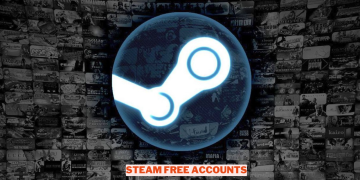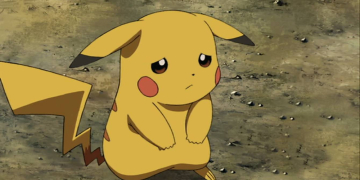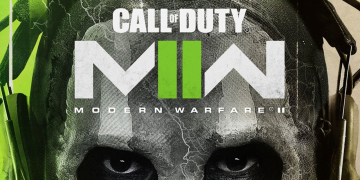The Tekken franchise has been around since the mid-1990s, making it a well-established series in the gaming world. For newcomers, understanding the chronology and storyline can be somewhat perplexing. Unlike many other fighting games, Tekken Games presents a rich narrative that delves into the struggles and complexities of one of the most tumultuous families in the realm of gaming.
The Tekken series revolves around the dramatic conflicts within the Mishima family, showcasing battles between fathers and sons, as well as grandfathers and grandsons. Below, you will find a comprehensive list of Tekken games in order, including spinoffs, along with their respective release years.
Tekken games in order
- Tekken (1995)
- Tekken 2 (1996)
- Tekken 3 (1998)
- Tekken Tag Tournament (2000)
- Tekken 4 (2002)
- Tekken 5 (2005)
- Tekken 6 (2009)
- Tekken Tag Tournament 2 (2012)
- Street Fighter X Tekken (2012)
- Tekken Revolution (2013)
- Tekken 7 (2017)
- Tekken 8 (2024)
Tekken Games in chronological Order
Throughout the years, the Tekken franchise has seen numerous game releases, each one contributing to the overarching narrative. With every new installment, players can also expect enhancements in hardware and gameplay, ensuring that the series remains relevant and engaging as it evolves.
1. Tekken
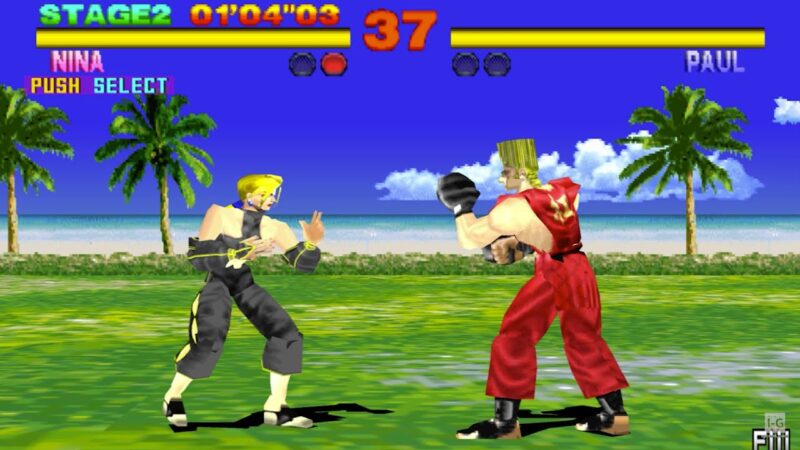
The Tekken games in order begin with the original installment, which introduces the tragic tale of Kazuya Mishima at the tender age of five. In this pivotal moment, Kazuya is thrown down a mountain by his father, Heihachi Mishima.
As revealed in the seventh installment, Kazuya’s mother possessed a unique ability known as a devil form, and Heihachi sought to determine whether his son had inherited this power. The overarching narrative follows Kazuya’s quest for vengeance against his father, culminating in a dramatic confrontation where he ultimately seeks to take control.
2. Tekken 2
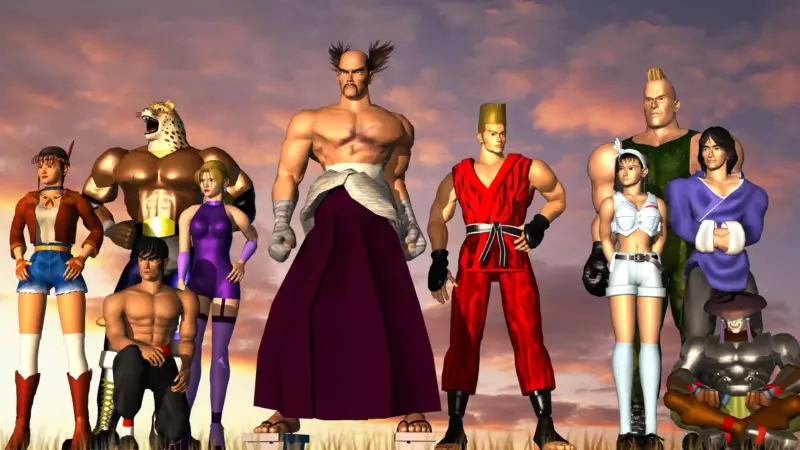
Tekken 2 takes an intriguing turn in this sequel, which takes place two years after the previous events. The narrative centers around Kazuya as he manages his father’s empire, but it appears that both he and the company have descended into deeper corruption.
During this installment, Kazuya encounters Jun Kazama, and together they bring forth their son, Jin, thereby extending the Mishima lineage. Unfortunately, the Mishima family is not particularly renowned for its nurturing paternal figures. While Kazuya had feelings for Jun, he was never truly meant to embrace the role of a devoted family man.
3. Tekken 3
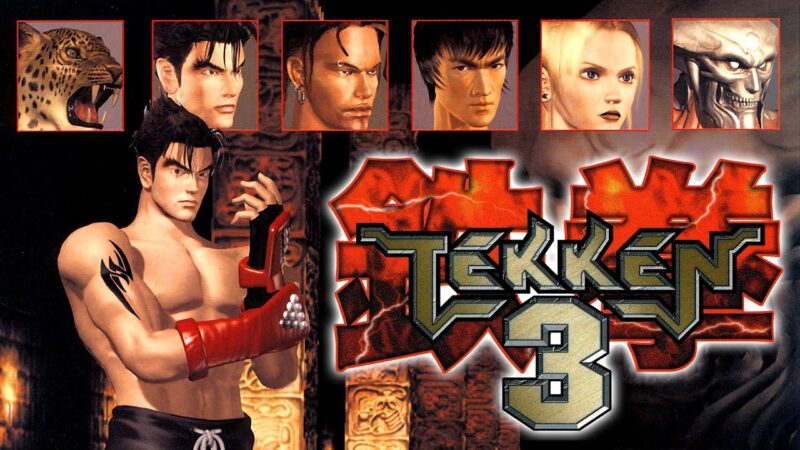
The narrative revolves around Jin, who was brought up solely by his mother. Taking place 15 to 20 years after the last King of Iron Fist Tournament, Jin embarks on a quest to find his grandfather, Heihachi, hoping to gain the strength needed to conquer a creature known as Ogre.
However, Jin is unaware that Heihachi has his own hidden agenda, intending to harness Ogre’s power for personal advantage. Fueled by a quest for vengeance for his mother, whom he suspects was slain by Ogre, Jin’s journey is filled with conflict and discovery.
4. Tekken Tag Tournament
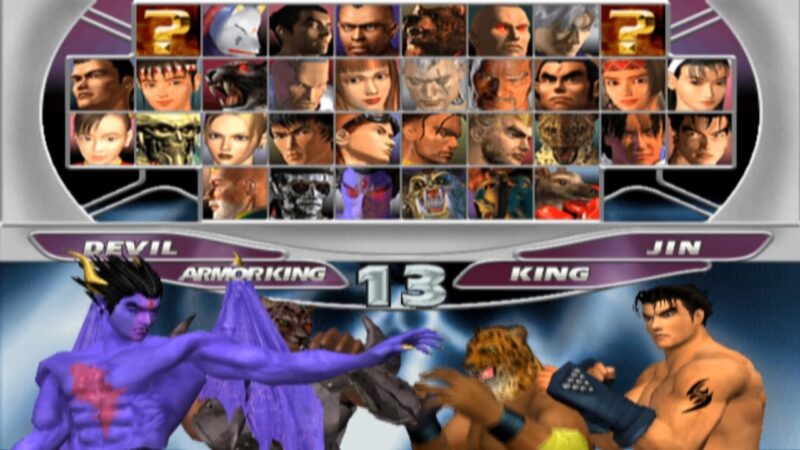
This game featured a competitive format where players engaged in battles reminiscent of Tekken 3, with teams of two competing against each other. Alongside the roster from Tekken 3, it also included characters from Tekken 2, enriching the gameplay experience for fans of the series.
5. Tekken Card Challenge
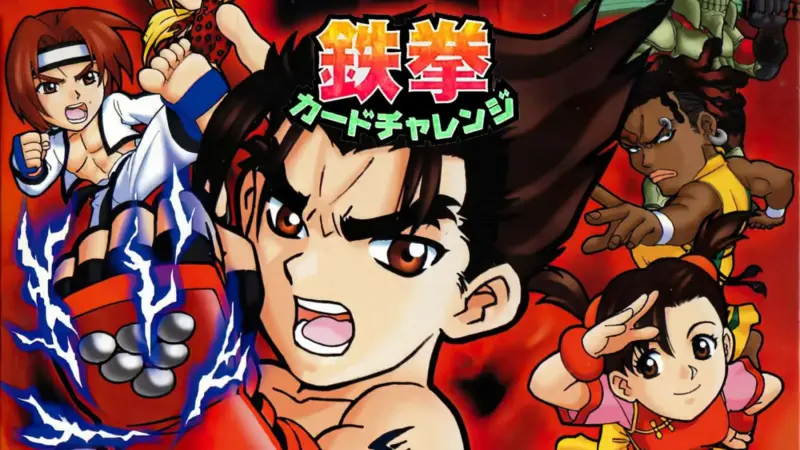
Although it isn’t included in the core storyline, this title features characters from Tekken 3, making it somewhat connected to that installment. It was a card-based game akin to Yu-Gi-Oh or Pokémon, designed for a console known as the WonderSwan.
This portable gaming system was released solely in Japan to compete with the Game Boy Color and the Neo Geo Pocket Color. The WonderSwan managed to maintain its relevance for a considerable period before Bandai ultimately ceased production in 2003.
6. Tekken Advance
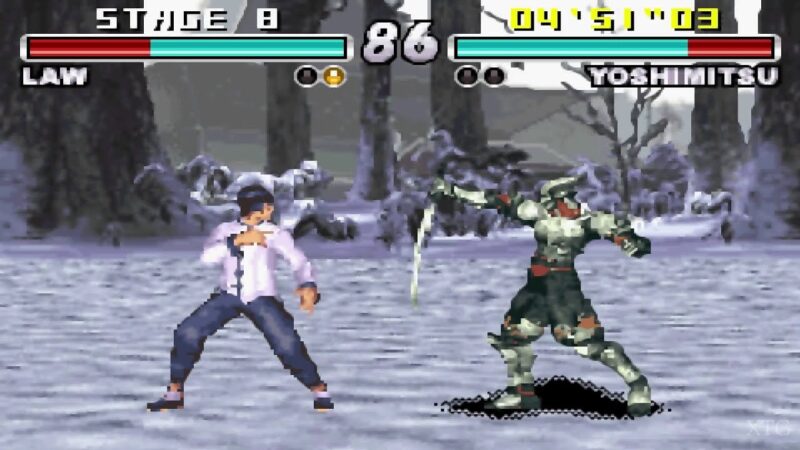
The Gameboy Advance title features numerous characters from Tekken 3 and shares a comparable storyline, although much of the content is not regarded as part of the official canon. This marked the first Tekken game released on a Nintendo platform, representing Bandai Namco’s effort to expand the franchise’s reach for portable gaming in Western markets, especially since the WonderSwan was restricted by region locks.
7. Tekken 4
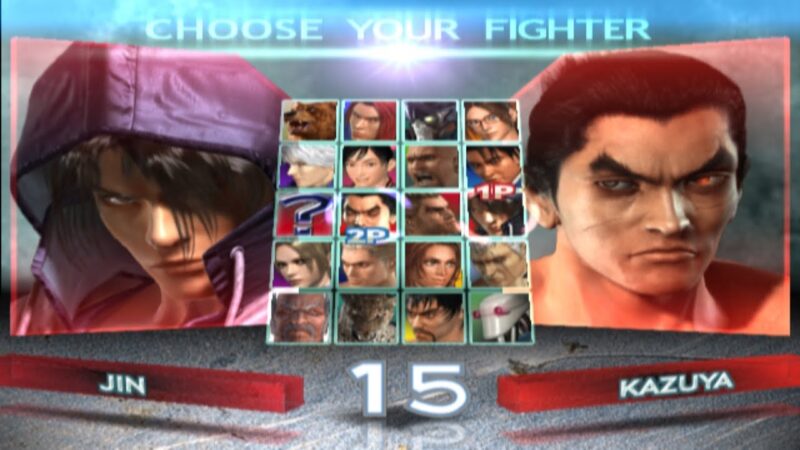
Tekken 4 showcase a rich narrative, and the fourth chapter unfolds two years after the happenings of the third game. This installment centers around Heihachi, who is conducting biogenetic research and discovers that his son, whom he believed to have perished in a volcano two decades ago, might actually be alive.
In a bid to draw both his son and grandson, Jin, back into the fold, Heihachi sets the stage for the King of the Iron Fist tournament. As expected, this leads to a highly dramatic family reunion filled with tension and conflict.
8. Tekken 5
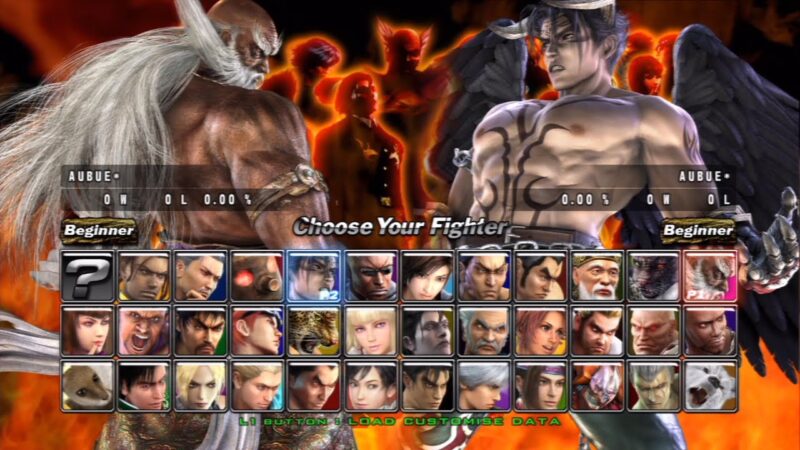
The Tekken games in order continue the thrilling narrative, and this installment is no exception. The story resumes immediately after the last game, featuring Jin who has left both his father and grandfather incapacitated. Interestingly, Heihachi is largely missing from this chapter, as a surprising new character takes the lead in orchestrating the tournament.
This unexpected figure turns out to be Jinpachi, Heihachi’s father and Jin’s great-grandfather. Although Jinpachi lacks the ruthlessness of his son, he brings his own unique challenges to the table.
9. Death By Degrees
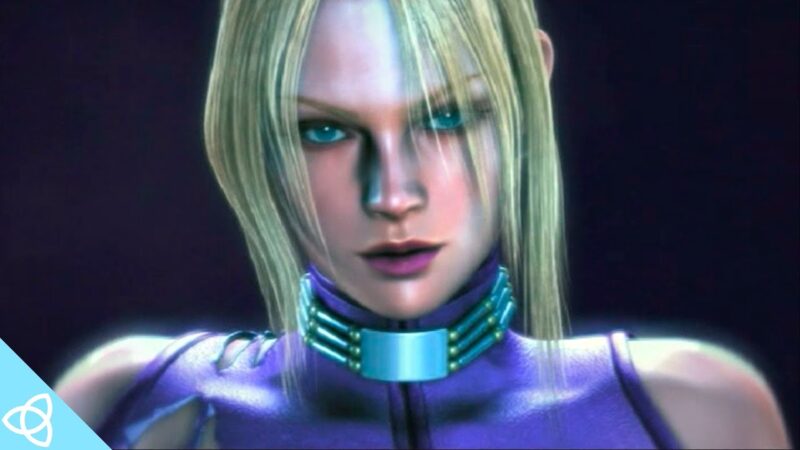
Nina Williams stands out as one of the most beloved figures in the Tekken series, making her own dedicated spin-off game a fitting addition that explores her rich backstory. While the timeline of this game within the broader Tekken universe remains ambiguous, it features a moment where Nina briefly resolves her long-standing rivalry with her sister, Anna. This fleeting interaction appears to serve as a pivotal point, influencing the storyline in the main Tekken games that follow.
10. Tekken 5: Dark Resurrection
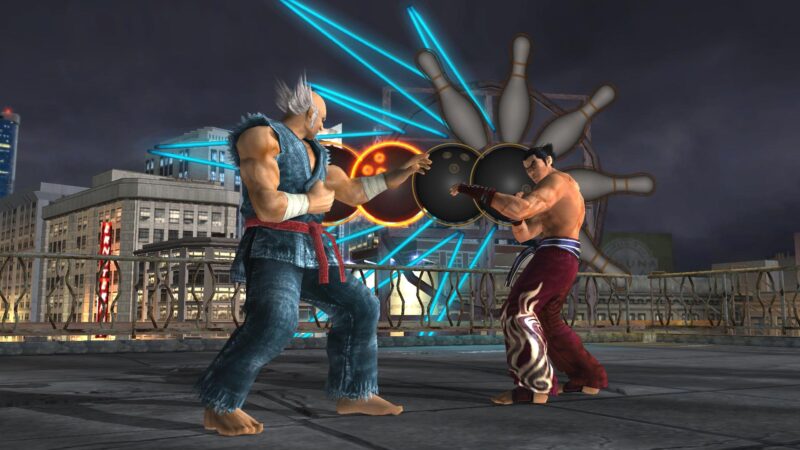
The PSP version of this game follows the same storyline as the original Tekken 5, but it introduces several new characters and additional plot elements. Among the newcomers in Tekken 5: Dark Resurrection are Emilie de Rochefort, Sergei Dragunov, and Armor King II, each of whom has their unique narratives.
11. Tekken 6
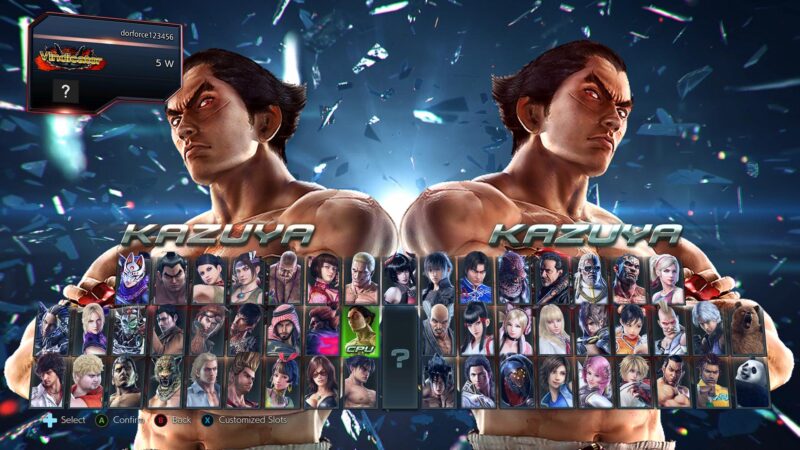
Among the various titles in the franchise, Tekken 6 stands out as one of the most intense entries in the series. Set several years after Jin’s victory over his grandfather Jinpachi and his subsequent takeover of the Mishima Zaibatsu, the narrative unfolds in a world teetering on the brink of disaster.
One might expect that witnessing the corruption of both his father and grandfather would lead Jin to steer clear of similar paths. However, it becomes evident that the cycle of darkness continues, as Jin exploits the power of the company to unleash chaos across the globe.
12. Tekken Tag Tournament 2
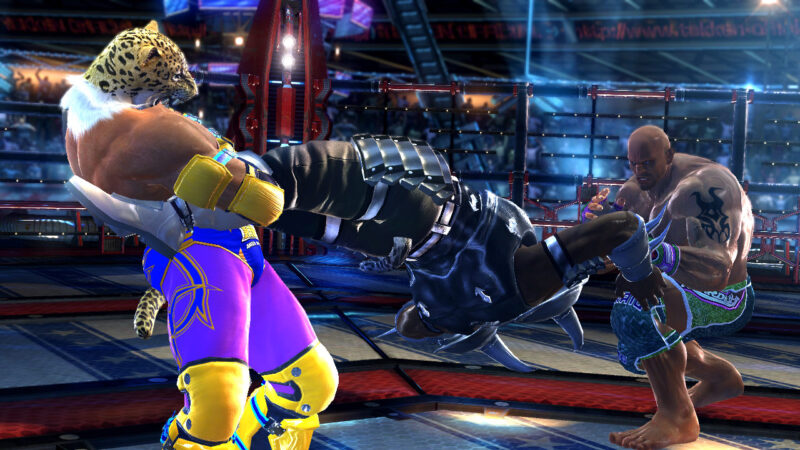
The series of Tekken games in order has evolved significantly, and Tekken Tag Tournament 2 exemplifies this progression. Unlike its predecessor, which included only characters from the second and third installments, this sequel brings together nearly every fighter from the franchise.
While Tekken Tag Tournament 2 is typically regarded as non-canonical, certain storylines, such as Julia’s ending, have been acknowledged in Tekken 7. The narrative centers around Heihachi, who, after using a rejuvenation serum, orchestrates a new King of Iron Fist Tournament.
13. Tekken 3D: Prime Edition
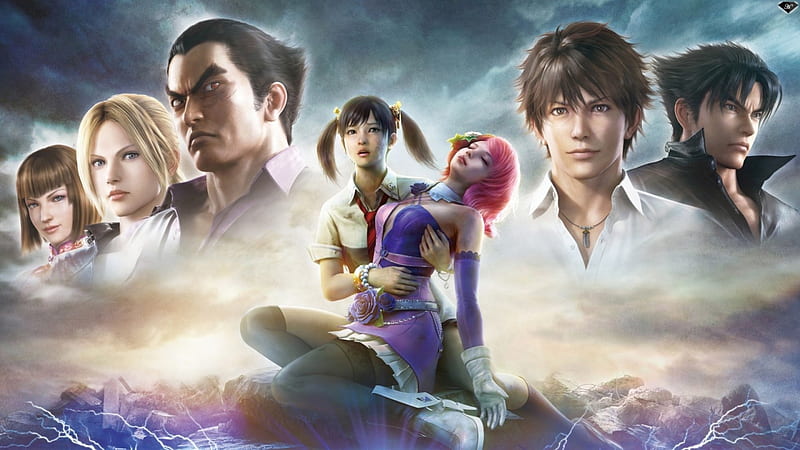
This title is a reimagining of Tekken 6 and marks the second installment available on a Nintendo platform. While it does not feature a story mode and is missing several gameplay options, it deserves recognition for offering an impressive selection of 41 characters and smooth 60fps performance on the Nintendo 3DS.
14. Tekken Revolution
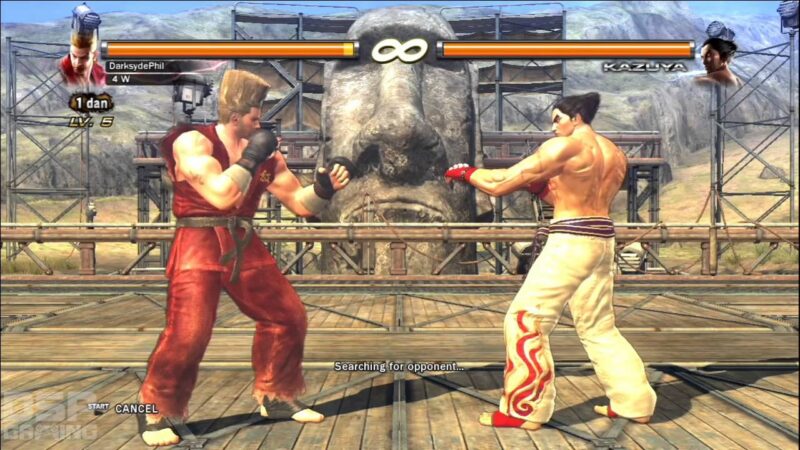
Tekken Revolution, a free fighting game, debuted on the PlayStation store in 2013 but was discontinued in 2017. This title was aimed primarily at new players in the series and included various gameplay modes such as Arcade, Online, Warm-Up, and Mokujin Rush.
15. Tekken 7
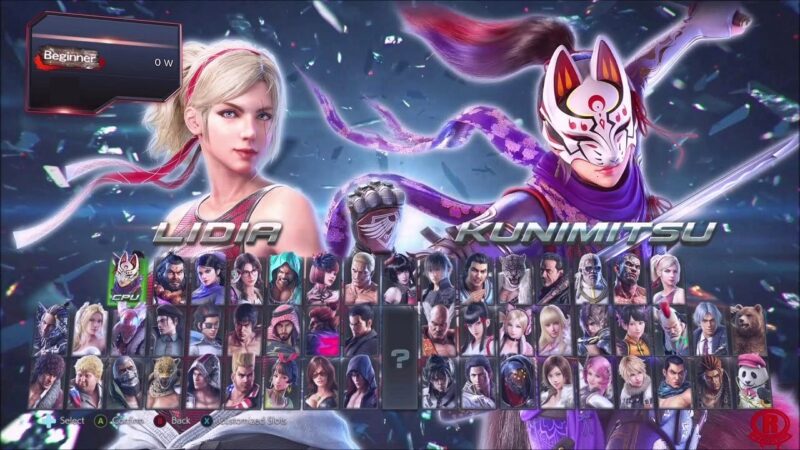
Tekken 7 marks the beginning of Heihachi Mishima’s narrative journey. In the original Tekken, he infamously tosses his son off a cliff to assess his strength, yet the reasoning behind this act remains unexplained. As the series progresses, particularly in Tekken 7, we gain insight into Heihachi’s childhood, revealing his background as the son of the renowned martial artist, Jinpachi Mishima.
16. Tekken Mobile
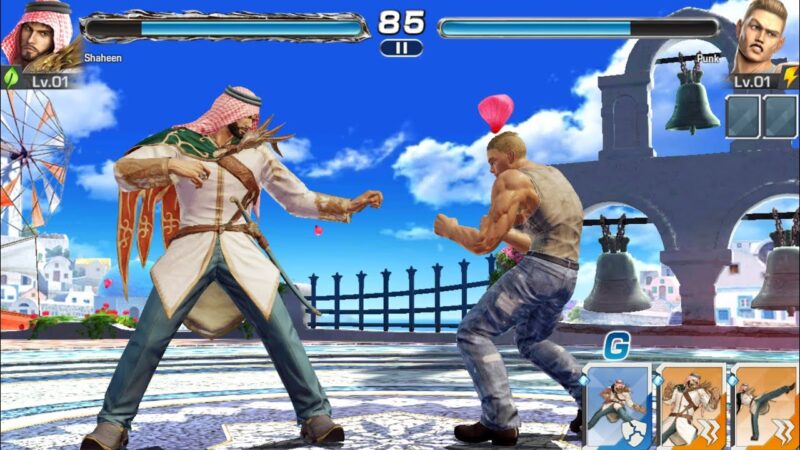
Heihachi took control by overthrowing his father, imprisoning him underground to face a slow demise. This installment also reveals what happened to Heihachi’s wife, Kazumi, who is the mother of his son, Kazuya. The current narrative focuses on the consequences of Jin’s confrontation with Akuma, as the conflict between Mishima Zaibatsu and the G Corporation continues to escalate.
Tekken Mobile represented the creators’ effort to develop a Gacha-style game within the Tekken franchise. Unfortunately, its inclusion of numerous pay-to-win elements led to a negative reception from players, resulting in its closure just one year after its launch.
17. Tekken 8
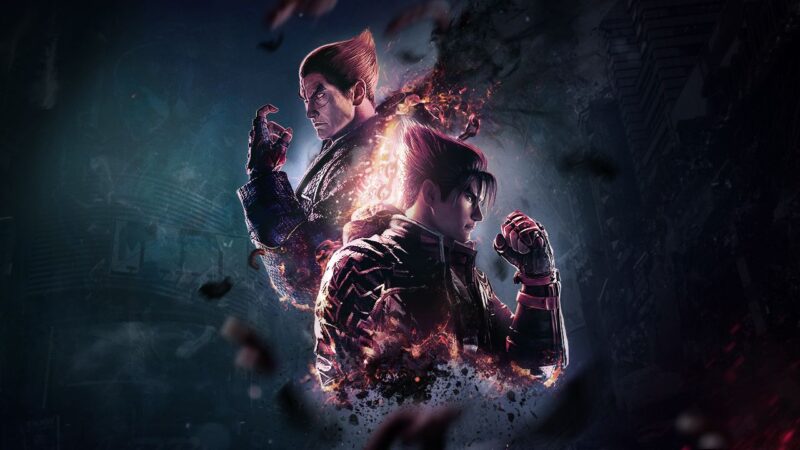
In the progression of Tekken games in order, Jin Kazama takes the lead once again in Tekken 8, while Kazuya Mishima steps into the role of the primary villain. Following the events of Tekken 7, Heihachi is believed to be deceased, allowing Kazuya to embrace a more exaggerated, comic-book style of villainy. As the conflict escalates, the fate of the world hangs in the balance amid ongoing family disputes.
The storyline of The Dark Awakens appears to wrap up the ongoing conflict between Jin and Kazuya in the Tekken series. However, it also introduces us to a new character, Reina Mishima, who may take on the role of either a hero or an antagonist, depending on Bandai Namco’s direction. As Heihachi’s daughter, she makes a significant impact, ultimately taking center stage in the game’s concluding moments.
For more content on Games check out the relevant links below and any of our guides, list of games, and news on Wowkia.
source: Gamerode
